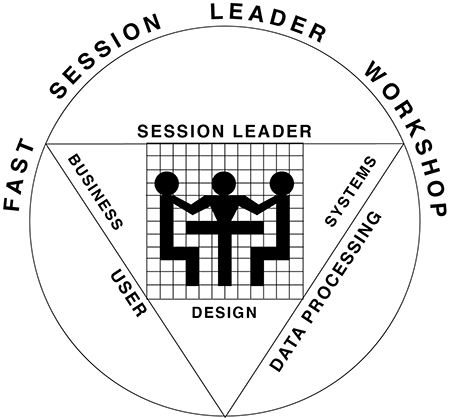May 2000

A Process for Deciding, Part 1 | Gary Rush Facilitation
The Beginning
Workshops require the facilitator to help groups reach decisions. Groups often argue or follow a poor process of deciding resulting in poor decisions. The facilitator's job is to provide a process that assists groups in making effective decisions because:
- Decision-making is difficult.
- Poor decisions can be costly.
- Poor process is most often the culprit.
Assumptions
As a facilitator, I use the following assumptions with groups and decision-making processes:
- Reaching consensus is good - That's why we have the workshop in the first place - presumably.
- Multi-voting is not consensus - this is just popularity or "Chicago" style voting (me, my late uncle, and his late wife).
- Pros and Cons don't work with groups - it is too easy to make your pro my con until I wear you down.
- The process is not linear - we will cycle back continuously until the group finally decides - if it were easy, they wouldn't need the facilitator.
- There are NEVER only 2 choices - two choices leave win-lose unless my math is off. Always step back to the problem.
- There is NEVER only 1 right answer - there are always more ways than we may know.
When we Disagree
When people disagree, first, they stop listening. Second, they forget what issue they're trying to solve. Finally, they get caught up in the features of the solutions. This causes the group to polarize.
Some Poor Ways to Decide
- Groups have used the following poor processes to decide:
- Squeaky Wheel, dominator, or politics
- Bless what was previously decided
- Letting the "Expert" decide
- Chaos in practice - random choice
- Relying on the past - it worked before
- Give up due to constraints - time, etc.
- Commitment avoidance or fear
These processes are poor because they result in decisions that are:
- Not always thought out
- Frequently poor quality
- Lacking commitment
- Not effective - it doesn't meet their needs
Overview of a better way
Groups first diverge - they take and defend different positions. As a facilitator, help them converge by bringing them back to the issue and find common ground. Then step them through controlled divergence - identify alternatives. Finally, step them through the decision-making process to converge on a solution or solutions.
The Decision-Making Process
Use the following process when the group hits a "Snag" - when they can't decide:
- Revisit the issue - move away from "positions" and review the problem - where did we begin?
- Identify the objectives - what should the outcome help accomplish? Often the group objectives are the same - just the ways to get there are different.
- Return to the last point of agreement. The objectives help here.
- Hear the reasons behind their ideas - actively listen. Listening is the most important skill that the facilitator brings to the workshop.
- Analyze the positions using mind mapping, cause and effect, affinity analysis, force-field analysis or discussion.
- Determine the desired outcome - i.e., the group agrees to:
- Majority Rule (e.g., Multi-voting)
- Delegation (e.g., Open Item)
- Recommendation (e.g., majority and minority opinions)
- Consensus - Win-Win -"I can live with it"
Cycle through the process until a decision is made.
The Ending
Watch your time. People perceive that reaching consensus requires more time (I have even heard facilitators say that. It is completely incorrect). It may, but doesn't have to. It requires less time than correcting the decision later. Understand time versus quality. Often, the faster the decision process, the lower the quality. "Quick and dirty" sometimes is. A good process produces quality decisions. In the next newsletter I explain, in detail, the tools to reach the four outcomes above. ![]()

